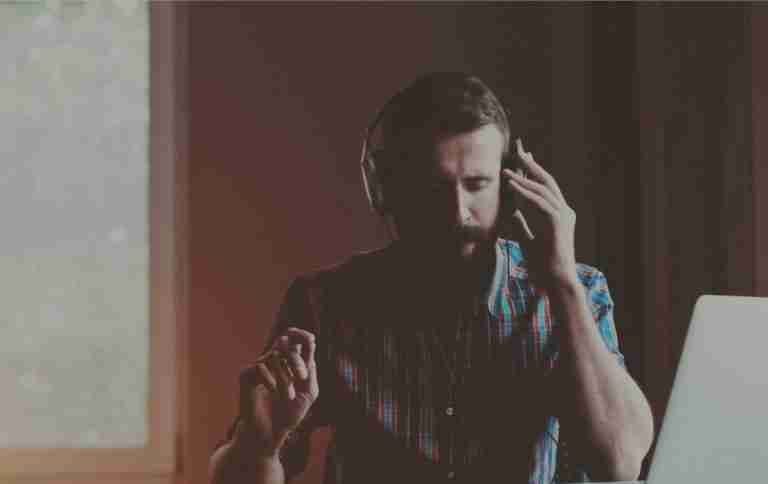Transcribing jazz solos is an essential part of learning to improvise. But here’s the catch: it’s trickier than it sounds, especially if you’re just getting started. Many hopeful players attempt to learn solos from recordings, but often give up in frustration. And this is exactly how I felt when I was beginning to learn how to improvise.
I would try to start learning a solo, spend hours struggling with a few notes and give up in despair. Then a month later, discouraged with the way I was improvising, would try again with a new solo.
And the cycle would continue…
If you’ve spent any time on JazzAdvice you know that learning solos from recordings is necessary to improve and that transcribing involves more than writing the notes down…
But what most players don’t realize is that there are some key skills that will make this entire process much easier and much faster.
Here are 10 killer tips for transcribing jazz solos that I wish I had known all along…
#1) Know why you are transcribing
What is the purpose of transcribing jazz solos and why the heck is everybody talking about it?
You’ve heard all the hubbub about transcribing, but before you devote valuable time to transcribing or lock yourself for hours in a practice room, you should ask yourself one question:
“What am I going to get out of the process of transcribing solos?”
I used to think that by figuring out the notes to one solo I would immediately get better. That something would magically click and I would suddenly know the secrets to jazz improvisation.
Yet that never happened, because I missed the reason that I was transcribing solos in the first place. However the more I dug into it, I learned that transcribing was about much more than stealing the notes.
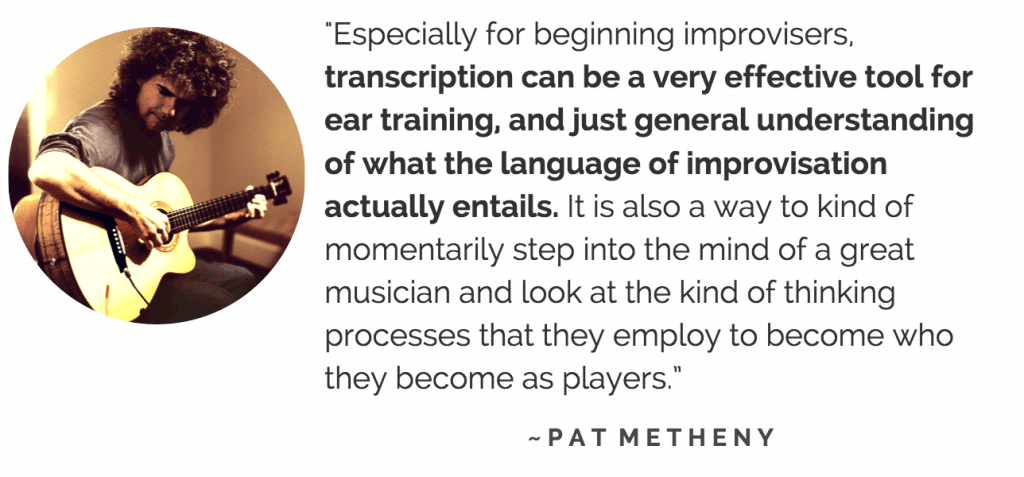
You’re building the foundation for your sound, time, articulation, and learning language over key chords. You know the areas of your playing that need the most work.
Don’t just transcribe because everyone is telling you to, find out what you want to improve in your playing before you begin.
So what are you going to learn from your next solo? If you’re serious about improving, you need to transcribe with a purpose.
#2) Listen, listen again…and then listen some more
The transcription process starts before you even touch your instrument.
It starts with your ears – listening.
However, we’re not talking about the half-paying attention and driving in your car type of listening, we mean deep and focused listening.
One of the reasons so many players hit a wall when they try to learn a solo is that they jump right in and start guessing at the notes without spending the time to ingrain it in their ear.
Right now you probably have a solo that you want to transcribe. Your job is to ingrain this solo before you even think about figuring out the notes.
Close your eyes and listen to that solo until you have it memorized. And when it comes time to transcribe those notes, you’ll be glad you did.
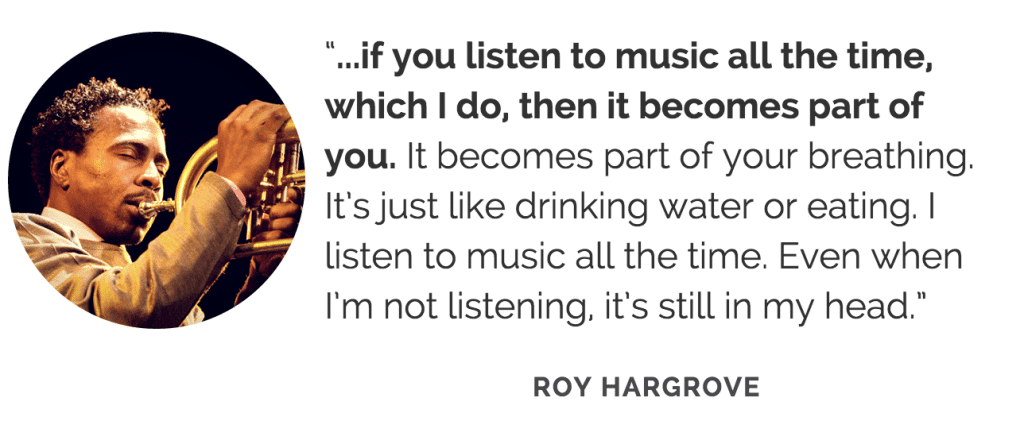
#3) Sing the solo before you play it!
The thing that really made transcribing click for me was singing.
After you’ve spent some focused time listening to the solo or phrase, start to sing along with the recording. You’ll quickly discover that a subtle shift happens.
Singing is your first test in the transcription process – it shows you right away if you’re actually hearing the pitches or just guessing.
The great pianist Lennie Tristano required that his students be able to sing the solos of Billie Holiday, Lester Young and others before they learned them on their instruments. The same should be true for you.
Before you try to play the solo on your instrument you need to be able to sing it. Singing takes those external sounds coming from the speaker and makes them internal.
Remember you aren’t trying to play the notes on the recording directly on your instrument the first try, you’re reproducing on your instrument the sound that’s already in your ears.
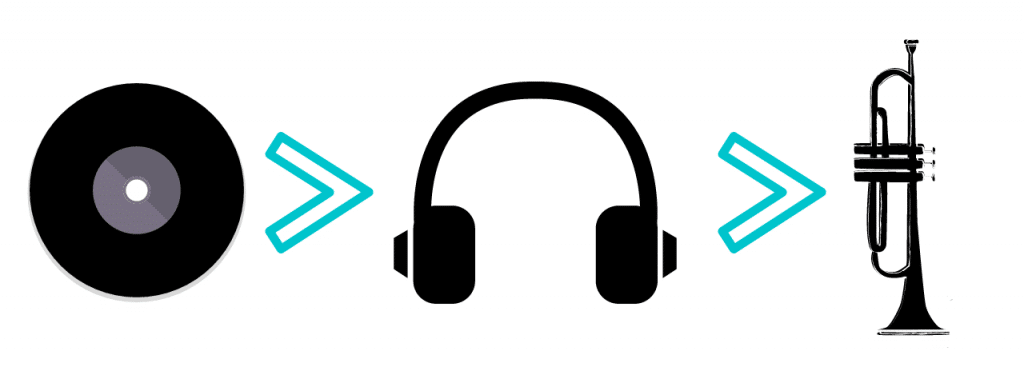
If you can’t sing it, you can’t play it. Before you learn your next tune or transcribe a line by ear, make sure to sing it first!
#4) Listen for phrases, not individual notes
When you get to work transcribing a solo, you aren’t going to try to learn the entire solo at once. Believe me, I’ve tried…
But you also don’t want to go along at a snail’s pace figuring out each note one at a time.
Instead pick one phrase to focus on at a time.
Just like in learning a new language you might start by saying “Hello, how are you today?” in improvisation you need to start with simple musical phrases that you can apply to your solos.
Here’s an example. Take a listen to Fats Navarro’s solo on Eb-Pob (rhythm changes):
Instead of trying to tackle the entire solo at once or going note by note, focus on one phrase at a time.
Maybe the line over the bridge caught your ear – break it down and learn each phrase:

Now you’re thinking in language, instead of how one note fits into a scale or the music theory of the chord. Want to master more jazz language like this? Check out the Melodic Power Course…

#5) Analyze the harmonic concepts at work
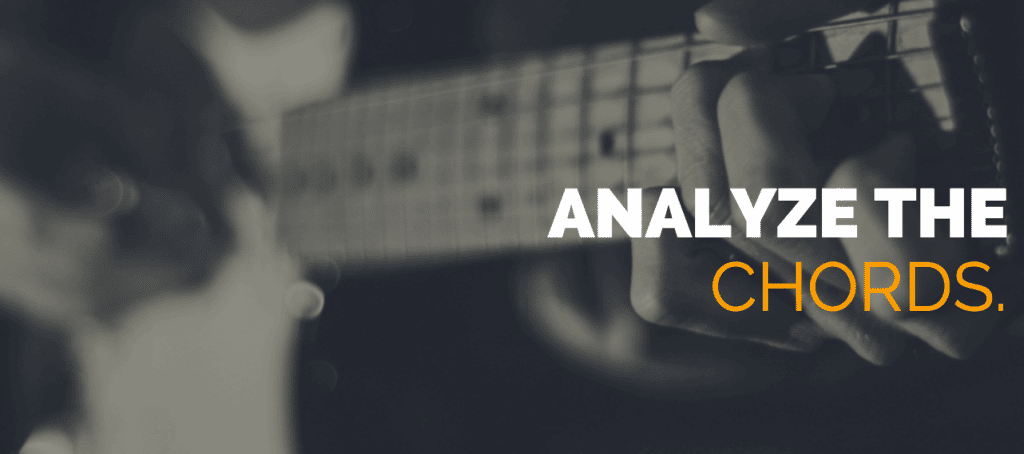
A solo doesn’t exist in a vacuum.
There are other musical parts happening behind the solo that influence the note choice of the soloist.
Learn how to hear the chord progressions going by and analyze how the solo follows the harmonic movement of the tune.
You need to find out why these particular notes work.
What are the unique harmonic and melodic concepts in this solo that you can apply to your own playing?
Let’s go back to that Fats Navarro line. When you take a closer look, you’ll find that there are 3 concepts at work here that you can put to use in your solos:
Concept 1: Over the E7 chord Fats implies a B-7, essentially implying a ii- V7 progression over a static V7 chord. Try out this technique over the bridge to rhythm changes or the V7 chords in a Blues.

Concept 2: At the start of the bridge he utilizes a bebop scale starting on the 5th scale degree and resolving to the flat 7. This is a concept that you can apply to any Dominant chord in any tune.
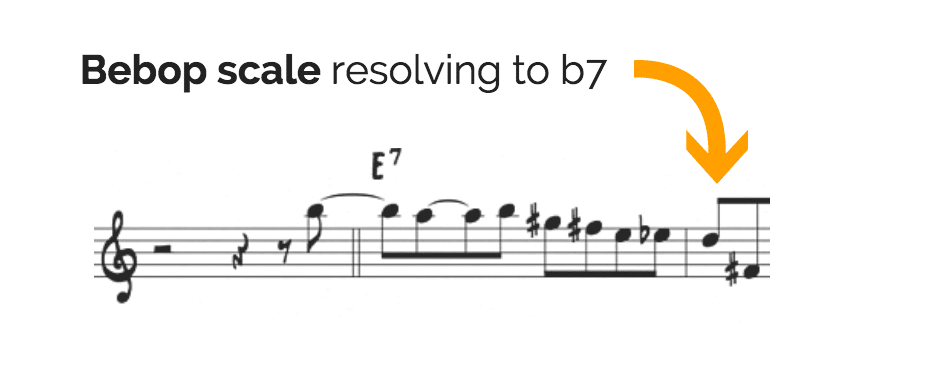
Concept 3: Use a Major 7th arpeggio starting on the flat 7 of a Dominant chord. Practice this sound over V7 chords in all keys.
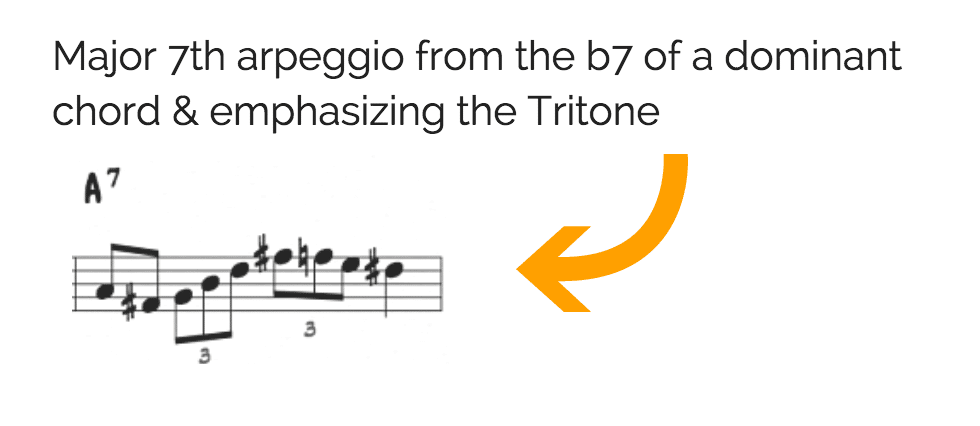
*You can even look at the rhythmic elements of this line (syncopation, triplets, accents) and shape of the line and apply these concepts into your own solos.
Remember a line that you transcribe isn’t just one lick, it’s language. When you know why these notes work, you have the power to recreate these concepts in your playing.
#6) Start working on ear training now!
Transcribing is essentially an ear training exercise – an advanced one.
To successfully transcribe a solo you need to be able to hear and recognize intervals, chord tones, chord types, and progressions…
In other words, you need to train your ears like a jazz musician.
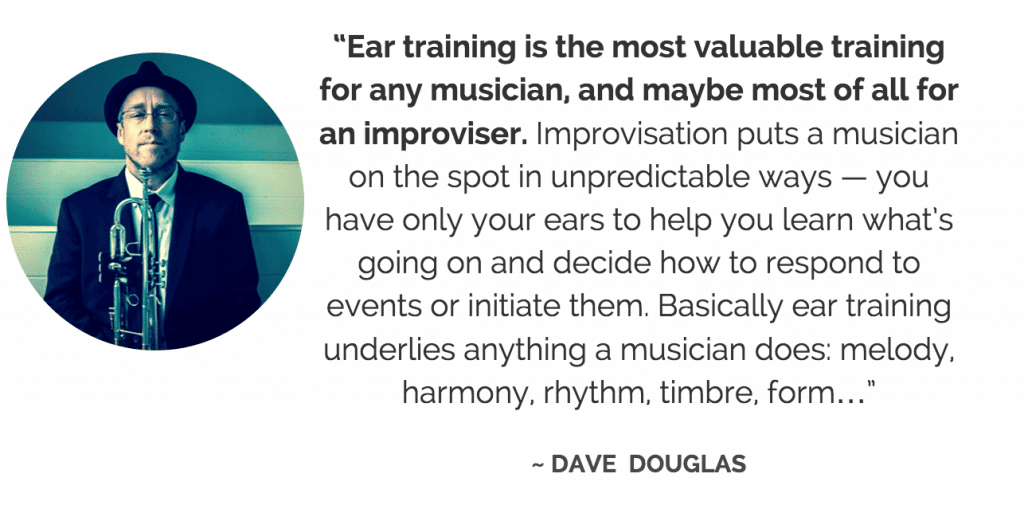
If you start focusing on ear training now, transcribing and learning tunes by ear will become much easier. Start by devoting time to ear training every day and if you’re serious about improving your ears once and for all, check out The Ear Training Method.

#7) Use a tool to slow down and isolate hard sections
A common problem that many players have with transcribing is that the solos are simply too fast…
The solos of Charlie Parker or John Coltrane or Michael Brecker are a challenge even for the most advanced players.
But this doesn’t mean that you have to give up or settle for the easy solos. Simply use a tool to slow down the solos you’re attempting to transcribe.
Don’t feel bad if you have to slow down a solo. Your goal is to hear and ingrain every note. Keep in mind that even the best players slow down solos to learn them by ear…
“He had me sing the Bird solos at half speed and it maintained the full effect of the melodic continuity of the line…Charlie Parker shining like a diamond the whole way at [half speed] Every note, every phrase, every beat is still there because that’s how articulate it is.”~Larry Meyer on studying with Lennie Tristano
Check out a program like Transcribe! which allows you to slow down and loop the section of the music that you’re trying to transcribe. Your goal is to hear every detail of even the hardest solos.
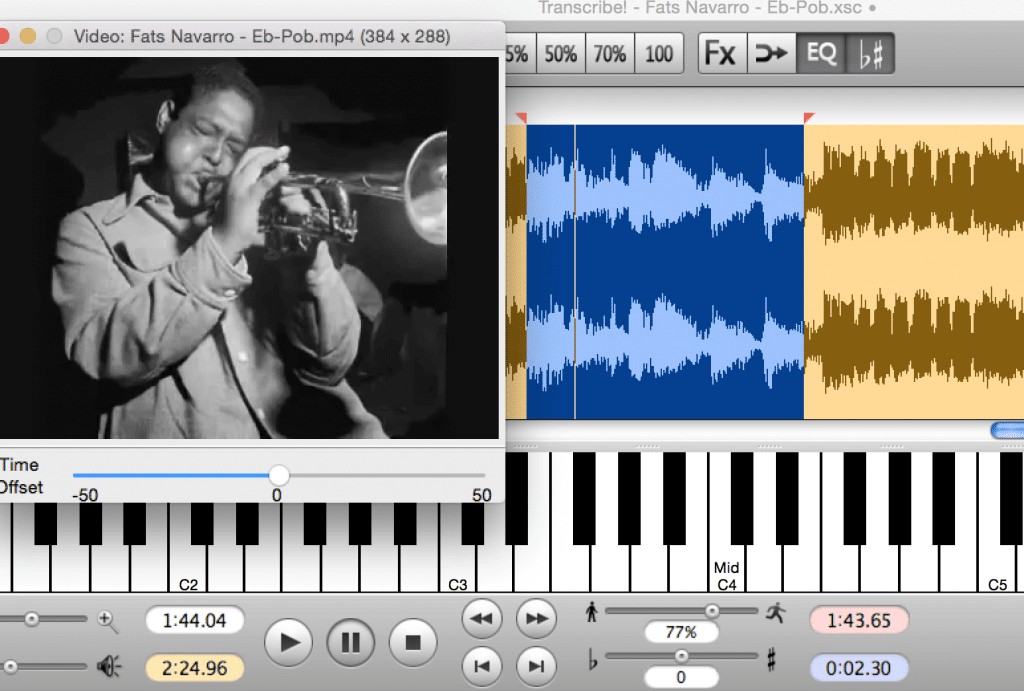
#8) It’s not just about the notes
The goal of transcribing is not to just steal the notes and walk away…
You can get that information from a book of transcribed solos.
The real benefit of learning jazz solos from the record comes in the time that you spend absorbing the sound of your favorite players.
The intangible elements of sound and style that can’t be notated on a sheet of paper.
Imitating the sound, the time, the articulation, the unique style of each solo.- these aspects are essential in your development as an improviser.
“I never got into transcription as far as writing it down. I don’t think that you get much from that. It’s better if you transcribe by ear and learn it, because some things you can’t really write down all the way – certain inflections and the feel that comes from someone’s conception. But I transcribe a lot by ear, not even really trying to. If I hear something more than three times, I’ve pretty much got it memorized.”~Roy Hargrove
Get past the music theory of the notes and take the extra time to focus on the unique style of the player that you are transcribing.
#9) Learn and ingrain the language that you transcribe
Figuring out the notes to a solo and writing them down on a piece of paper isn’t going to do you any good.
You need to ingrain those lines that you’ve learned on your instrument. That way they are there when you go to improvise.
This is the crucial step that most players forget when transcribing solos. Without ingraining the lines that you transcribe, you’re not going to see any real tangible benefit to your own playing.
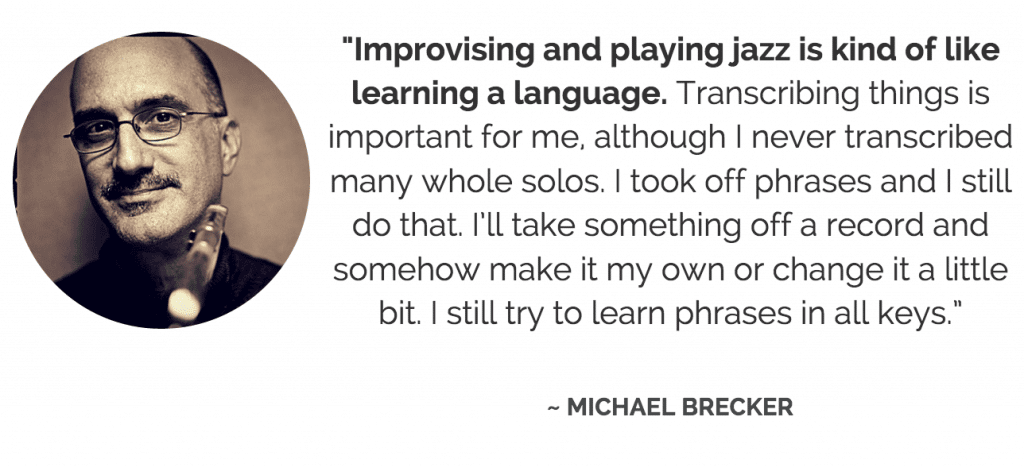
Figuring out the notes is just step one. What happens next is where the benefit begins.
After you’ve transcribed a solo or phrase…
- Memorize the original line
- Transpose it to the other 11 keys
- Apply this line in your own solos
- Create variations on the original line
- Create your own exercises with the line
Just because you know the notes doesn’t mean that it will improve your playing. You must own those notes and create your own variations from that original line…As Clark Terry says, “Imitate, Assimilate, Innovate”
And if you need some help bridging the gap between transcribing and making use of the information you’re finding, make sure to give our course Melodic Power a look.
#10) Remember, it’s OK to take your time
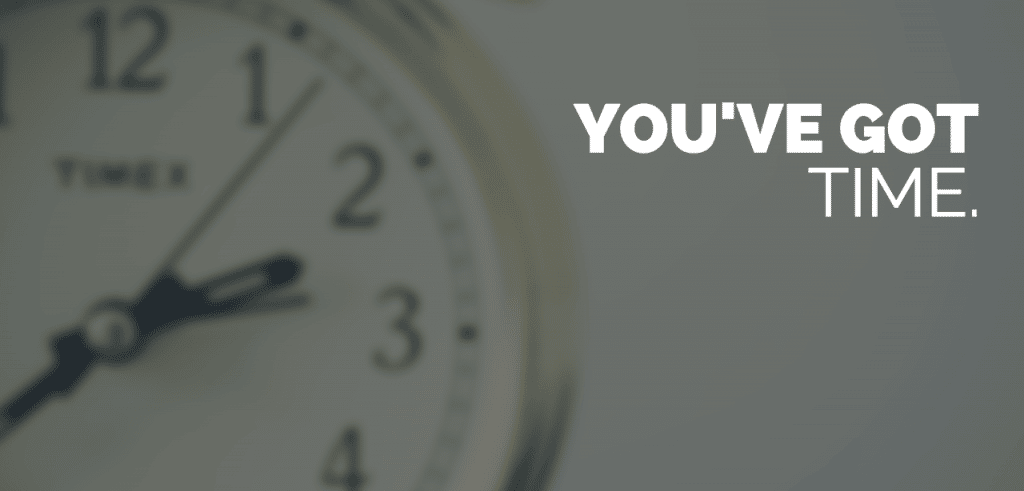
There’s no rush to transcribe as many solos as you can.
In the long run, you’ll get much more out of completely learning the one solo that you love.
The reason that so many musicians get overwhelmed with transcribing is that they are trying to learn to much information at once. Always rushing to get to the next solo without completely learning the one they just transcribed…
Remember, one solo has enough language in it for hours and hours of practice.
The true benefit of transcribing comes not in collecting as much information as you can, but in spending time with one phrase or one solo and completely learning it.
Spending hours absorbing every detail and ingraining these sounds in your ears and your instrument. Despite what it might feel like, music isn’t a competition and you don’t have to race to the finish!
